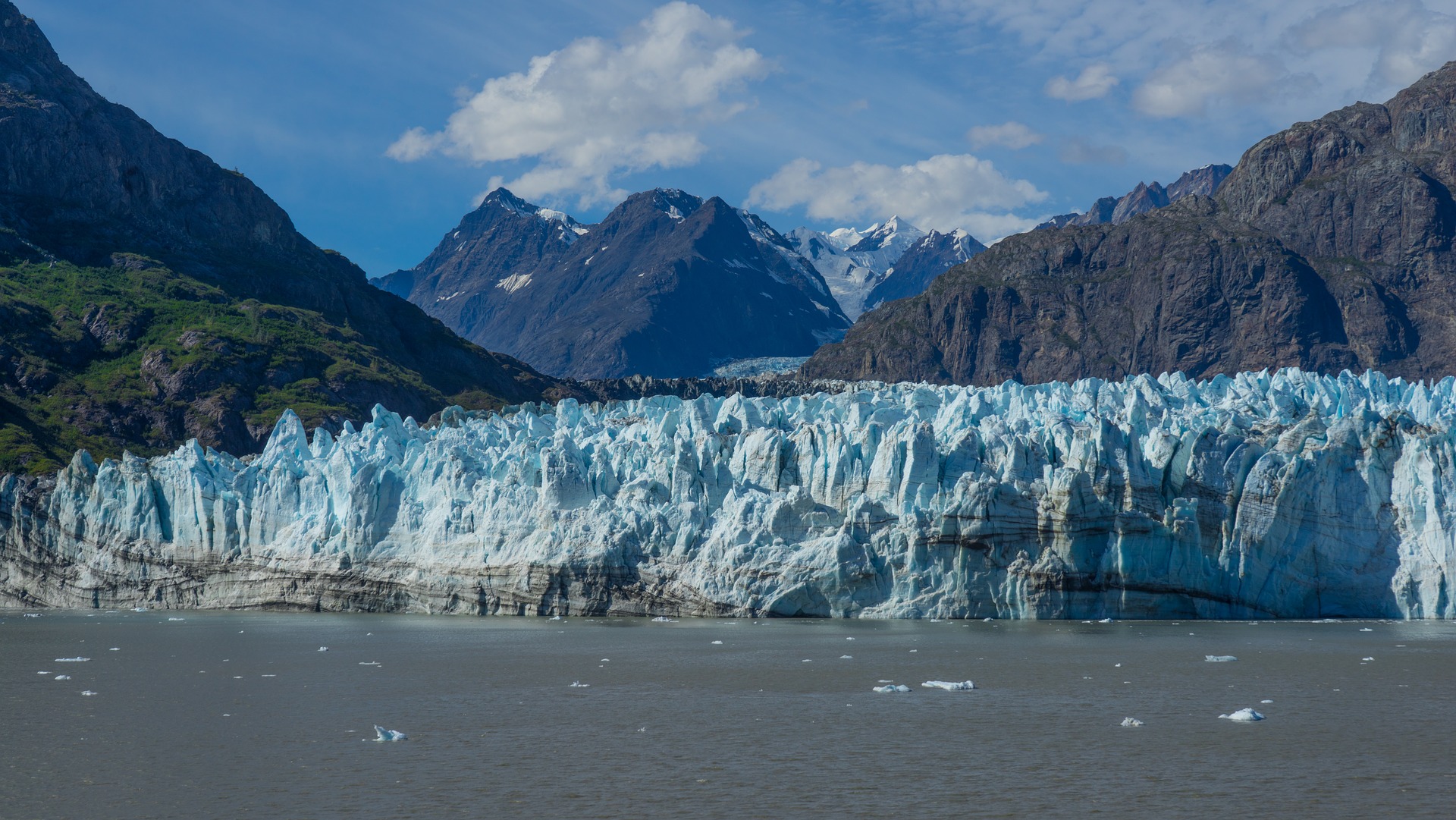
The undeniable melting of glaciers has an effect on our planet and ecosystems, as the climate warms the Arctic loses more than it gains back. The past of the arctic is already gone.
At the end of July 2020, 40% of the 4-thousand-year-old Milne ice shelf, located on the northwestern edge of Ellesmere island, calved into the sea. It was Canada’s last fully intact ice shelf; the other side of the island, northerly Canada, the St Patrick’s Bay ice caps have completely melted away.
University of Ottawa glaciology professor Luke Copland explained that, in the region, temperatures from May to early August 2020 have been five degrees celsius warmer than the 1980 to 2010 average. “Without a doubt, it’s climate change,” Copland said. Ice shelves are hundreds to thousands of years old, they’re thicker than long-term sea ice. “There aren’t very many ice shelves around the arctic anymore,” Copland said.
Scientists have concluded that the Greenland Ice sheet, the second largest ice body in the world, may have passed the point of no return. The Greenland ice sheet has lost a substantial amount of its mass at an accelerating rate over the last two decades. From the satellite view, the surface elevation change data shows a rapid reconfiguration of the ice sheet coastal margin. Recent studies have shown that Greenland is losing 500 gigatons of ice each year, annual snowfall can’t replenish the amount of ice loss.
The annual ice loss is 14% greater than it was in 1985 and 1999. North Siberia and Canada’s arctic are now warming three times faster than the rest of the world. A new climate change study predicts the summer sea ice floating on the surface of the arctic ocean could possibly melt and disappear entirely by 2035. Scientists didn’t think we would reach this point until 2050.
Permafrost is thawing 70 years sooner than expected in the Canadian arctic. Thawing permafrost leads to releasing two potent greenhouse gases, (carbon dioxide & methane) into the atmosphere, causing planetary warming.
In the arctic, the soaring heat temperatures lead to raging wildfires and are now common in hotter and drier parts of the arctic. Stopping climate change in the arctic will require an enormous reduction in emissions of fossil fuels. However, many greenhouse gases already remain in the atmosphere and have for many years. Even if we cut all emissions by tomorrow, it would take decades for those gases to dissolve and temperatures stabilize. Scientists say it’s got to be both a reduction in emissions and carbon at this point.
In order to evaluate glacier area change, the evidence of glacier area records, glacier geometry changes are key variables. It is a strategy for the early detection of enhanced greenhouse effects on climate. Also, the mass balance records, measured within the Alps over the last six decades, indicate strong ice losses and accelerating more recently.
Other changes that are linked to glacier shrinkage are collapsed structures at the glacier surface and modified crevasse evolution. There are aerial photo and orthophoto data from the Bernina glaciers, located in the Alps of Switzerland and northern Italy, that several glaciers have shifted from the largest size to the smallest ones. Data studies show that of the Bernina group of 31 glaciers in 1954, only 17 remained in 2007.
Considering our current climate direction, it will be impossible to return to the setting we saw three decades ago. However many experts believe there’s still time to act and preserve what it once was. If the world comes together to prevent and put an end to further damage and conserve the remains of our fragile ecosystem.

